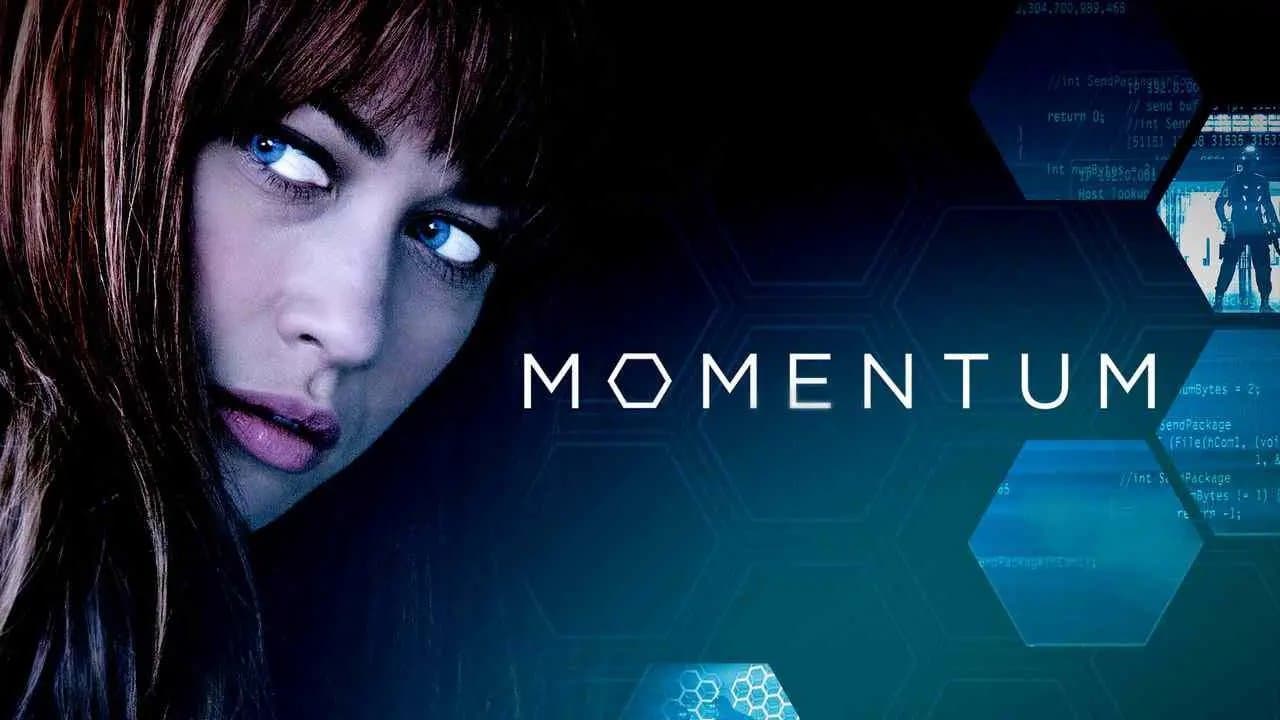
Momentum
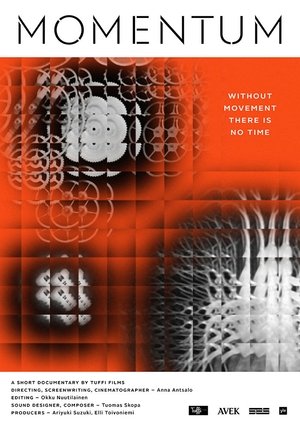
Momentum
HomePage
Overview
In Finland, a small child is waiting for his time to begin. His heart is broken. A major heart surgery is expected. There is a fight against time. The boys parents are wandering in the corridors of the hospital. The heart is stopped during the surgery operation. Le Locle, a village in Switzerland acts as the heart of watch industry. Narrow streets of the village carry vital parts to watches and nowdays also into human bodies, for example pacemakers. Village is formed as a big factory line and appears as a time-twisting machine. There pieces are refined and workers hands turns the time on and off.
Release Date
2015-06-06
Average
6
Rating:
3.0 startsTagline
Genres
Languages:
suomiFrançaisKeywords
Similar Movies
 5.0
5.0Libre(en)
For detained immigrants who can’t pay their bond, for-profit companies like Libre by Nexus offer a path to reunite with their families. But for many, the reality is much more complicated. “Libre” sheds light on one of many hidden costs of reunification for immigrant families.
 1.0
1.0Simply Girl(pt)
Denise, Hannah and Leticia are three ordinary women with extraordinary stories to tell. As transgender people, they talk about the challenges of finding their true identities within an intolerant and prejudiced society.
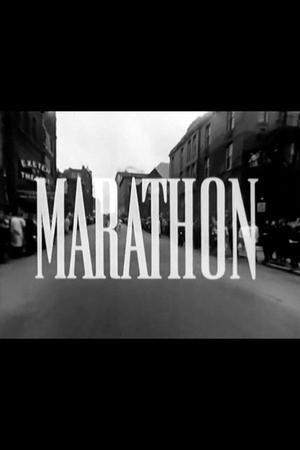 0.0
0.0Marathon(en)
Started as a class project in what was likely the first filmmaking course ever taught at Harvard, Marathon documents the running of the 1964 Boston Marathon.
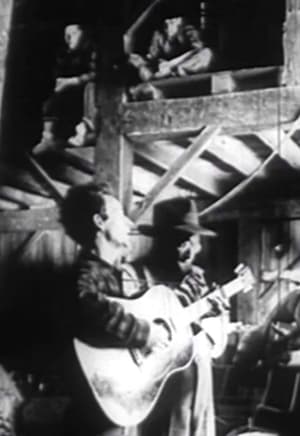 4.5
4.5To Hear Your Banjo Play(en)
A short film about Pete Seeger and the birth of banjo music throughout the Southern United States.
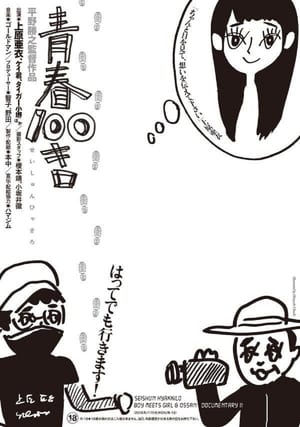 6.0
6.0Youth 100 Kilometers(ja)
The retirement movie for adult film actress Ai Uehara, directed by Katsuyuki Hirano. A big fan of Ai Uehara have to go on a 100-kilometer marathon to have sex with her.
The New Man(en)
A creative documentary about becoming a parent... and how to reconceive yourself. Fiction director Josh Appignanesi turns the camera on himself and his wife as they undergo the ordeal of becoming parents in the era of man-children and assisted reproduction. Faced with fatherhood, Josh spirals comically into an envious career funk. But life-threatening complications emerge- the couple are tested to the brink, confronting shattering losses. It's a portrait of our generation going through a revolution in reproduction- forced to find new ways to think about ourselves as creative beings. We hear from Slavoj Žižek, John Berger, Darian Leader (20,000 Days) and Zadie Smith. Universal yet still taboo, it's a film for everyone who has children, wants them, or still feels like a child themselves.
Penguins April Fool - The Making of(en)
The making of the hoax film Miracles of Evolution.
 6.7
6.7Ulysse(fr)
At the sea shore, a goat, a child, and a naked man. This is a photograph taken in 1954 by Agnès Varda. The goat was dead, the child was named Ulysses, and the man was naked. Starting from this frozen image, the film explores the real and the imaginary.
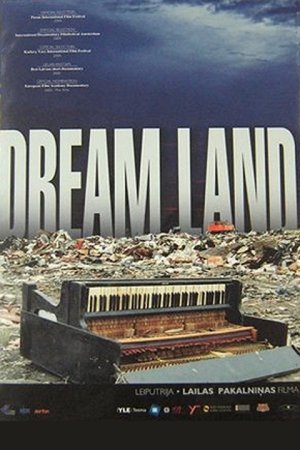 6.6
6.6Dream Land(xx)
There are places that we don’t want to know anything about, places that we would rather pretend don’t exist at all. One such place is a dumpsite. From the humans’ point of view, it is a ghastly place, a stinking desert of trash. But it’s a desert that is teaming with life.
 5.8
5.8Itinerary of Jean Bricard(fr)
The film is a commemoration of the lost livelihood of the earth, the lost lives of the War and to the work of two of the cinema’s greatest artists.
 10.0
10.0The Vanquishing of the Witch Baba Yaga(ru)
A descent into Eastern Europe's haunted woodlands uncovers the secrets, fairy tales, and bloody histories that shape our understanding of man's place in nature.
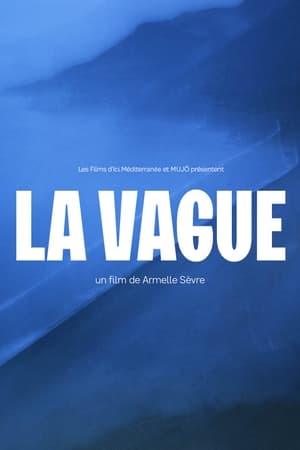 0.0
0.0Dolorès Marat: The Wave(fr)
A passionate photographer from an early age, Dolorès Marat spent much of her life in photo labs, developing shots for fashion magazines. In the early 1990s, at the dawn of her forties, she decided to devote herself to her personal work. Today, she is exhibited worldwide. With her Leica camera in hand, Dolorès Marat takes an intimate look at her surroudings. She shots on the spot, as the blue hour settles. In her photographs, a dream-like strangeness overlaps the triviality of everyday life. Director Armelle Sèvre, also a photographer, wanted to see the world through Dolorès’ eyes. Together, the two women will scour the shores of the Mediterranean Sea, in search of a wave… Carried along by a bewitching soundtrack, this film dives in the enigmatic, hazy and colorful universe of a singular artist.
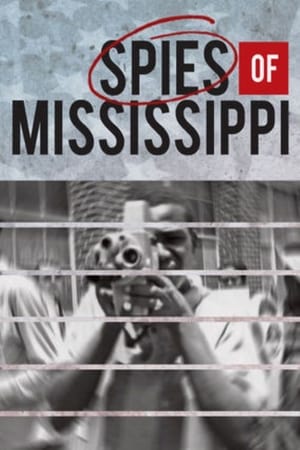 7.3
7.3Spies of Mississippi(en)
Spies of Mississippi tells the story of a secret spy agency formed by the state of Mississippi to preserve segregation and maintain white supremacy. The anti-civil rights organization was hidden in plain sight in an unassuming office in the Mississippi State Capitol. Funded with taxpayer dollars and granted extraordinary latitude to carry out its mission, the Commission evolved from a propaganda machine into a full blown spy operation. How do we know this is true? The Commission itself tells us in more than 146,000 pages of files preserved by the State. This wealth of first person primary historical material guides us through one of the most fascinating and yet little known stories of America's quest for Civil Rights.
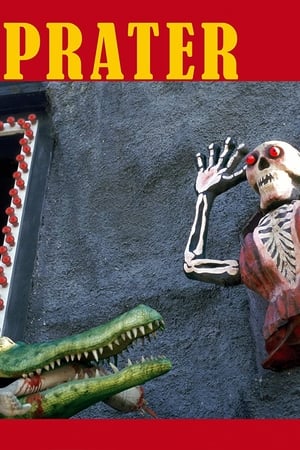 5.8
5.8Prater(de)
Vienna’s Prater is an amusement park and a desire machine. No mechanical invention, no novel idea or sensational innovation could escape incorporation into the Prater. The diverse story-telling in Ulrike Ottinger’s film “Prater” transforms this place of sensations into a modern cinema of attractions. The Prater’s history from the beginning to the present is told by its protagonists and those who have documented it, including contemporary cinematic images of the Prater, interviews with carnies, commentary by Austrians and visitors from abroad, film quotes, and photographic and written documentary materials. The meaning of the Prater, its status as a place of technological innovation, and its role as a cultural medium are reflected in texts by Elfriede Jelinek, Josef von Sternberg, Erich Kästner and Elias Canetti, as well as in music devoted to this amusement venue throughout the course of its history.
Rated X(en)
Rated X, a short documentary about the adult industry, focuses on giving a voice to the porn actresses working within it. In a perspective of showing how these women empower themselves with their job, Rated X shows the porn industry like never before.
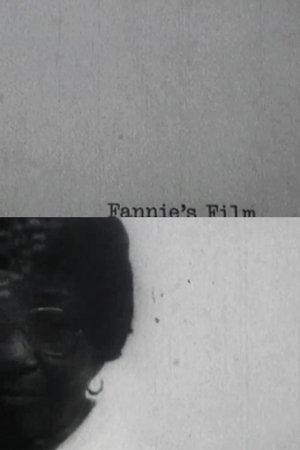 8.0
8.0Fannie's Film(en)
A 65-year-old cleaning woman for a professional dancers' exercise studio performs her job while telling us in voiceover about her life, hopes, goals, and feelings. A challenge to mainstream media's ongoing stereotypes of women of color who earn their living as domestic workers, this seemingly simple documentary achieves a quiet revolution: the expressive portrait of a fully realized individual.
City of Splendour(hr)
A documentary about punk and subculture scene of Pula, Croatia from 1978 to 1991, the city that gave birth to one of the most vivid punk and alternative rock scenes in former Yugoslavia, despite having population of just over 60,000 residents.
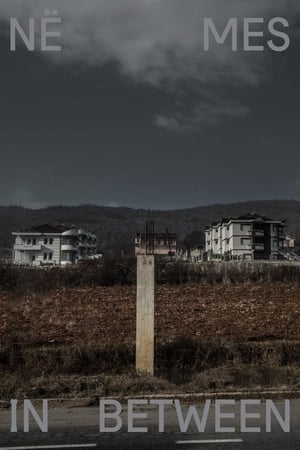 3.0
3.0In Between(sq)
In rural Kosovo, identical houses are built for family members working abroad, in the hope that they will one day return to settle in their old homeland.
Fanalysis(en)
Actor/cult icon Bruce Campbell examines the world of fan conventions and what makes a fan into a fanatic.
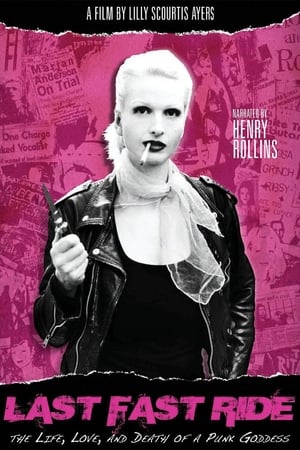 8.0
8.0Last Fast Ride: The Life, Love and Death of a Punk Goddess(en)
Henry Rollins narrates Lilly Scourtis Ayers' no-holds-barred profile of volatile Bay Area punk legend Marian Anderson, whose hypnotic beauty, devil-may-care rebellion and shocking sexual exploits onstage launched her to infamy before tragically dying of a heroin overdose at the tender age of 33.
Recommendations Movies
 9.5
9.5Scooby-Doo Safari, So Goodi!(en)
When the gang goes on safari, they encounter a variety of freaky, glowing demon animals.
 4.4
4.4Mobile Suit SD Gundam Mk IV(ja)
The SD Gundams are at it again: first with a race among all of the prior SD Gundam characters, then the SD Zeons run a space travel agency in the second episode.
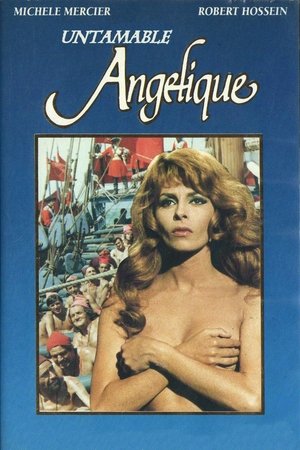 6.5
6.5Untamable Angelique(fr)
Angelique goes in search of her husband Joffrey de Peyrac who did not die on the stake.
 6.4
6.4Angelique and the Sultan(fr)
Angélique is in a North African Muslim kingdom where she is now part of the Sultan's harem. She refuses to be bedded as her captors try to beat sense into her. She finally decides to escape with the help of two Christian prisoners.
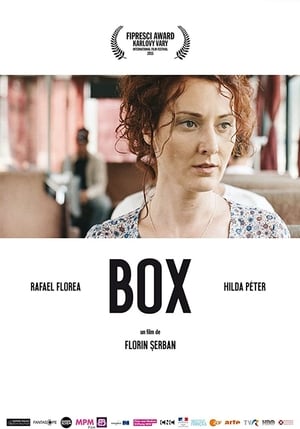 6.4
6.4Box(ro)
Box is a story of two people who meet at a crossroad. Two different destinies, two different lives, face to face in a game of sweat, blood and tears. Rafael (19) is a young boxer who dreams to conquer the world; Cristina (33) is a single mother who lost her balance. Two lives; one running very close to the earth, the other trying to fly high up, too high.
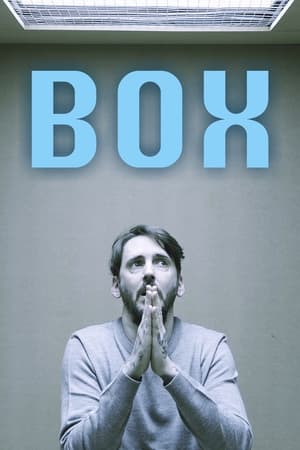 6.2
6.2Box(en)
The execution was scheduled and the last meal consumed. The coolness of the poisons entering the blood system slowed the heart rate and sent him on the way to Judgement. He had paid for his crime with years on Death Row waiting for this moment and now he would pay for them again as the judgment continued..
 6.6
6.6Sonic Soldier Borgman: Lover's Rain(ja)
Picking up several years after the dissolution of the original Borgman team, this volume reunites the three remaining members--rocket scientist Ryo, his girlfriend Anise, and police officer Chuck Sweager--for the emotionally-driven episode "Lover`s Rain," which finds the trio facing an army of the undead bent on a rampage of murder and destruction.
 5.0
5.0Mobile Suit SD Gundam Festival(ja)
The movie is divided into 3 different parts: 1) The Tale of the SD Warring States: World Peace Chapter 2) SD Gundam Sidestory: The Legend of the Holy Machine Soldiers 3) SD Commando War Chronicles: Gundam Force, Super G-Arms, Final Formula VS Noum Gyaza (Source: Myanimelist.net)
 6.1
6.1Eating Out 2: Sloppy Seconds(en)
How far would you go to get the person of your dreams? With the help of Gwen and Tiffani, Kyle pretends to be heterosexual in order to land Troy, the new guy (and nude model) who's turning the heads of both men and women. He soon finds himself joining the campus ex-gay support group and nabbing a girlfriend! Kyle's ex-boyfriend Marc is horrified at the plan and decides to pursue the confused Troy with his own tactic -- being his "out" gay self. Who will win Troy first?
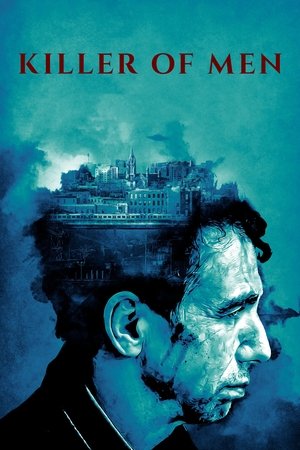 7.3
7.3Killer of Men(en)
A man lurks the night alleys, killing people at random, he feels nothing, no emotion, and no pain; when he meets a graceful widow he must confront what it means to be human.
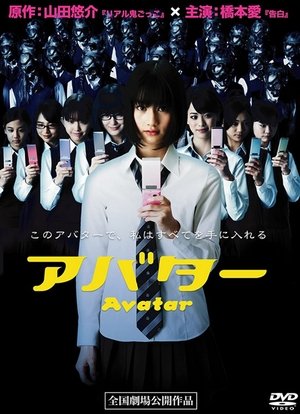 5.3
5.3Avatar(ja)
Michiko lost her dad in a car accident when she was 10 years old. After the car accident, Michiko has lived with her mother Kyoko. Michiko, now in her 2nd year of high school, gets a cell phone from her mother as a birthday present. Michiko is so excited to have her very first cell phone. Soon afterwards, she is forced into joining social networking site "AvaQ" by classmate, and queen of the classroom, Taeko.
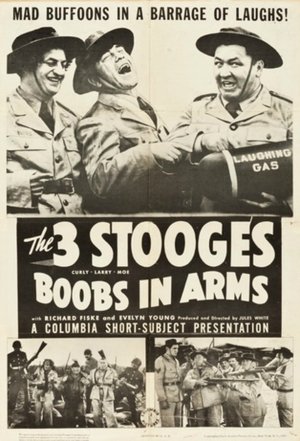 6.0
6.0Boobs in Arms(en)
The stooges are greeting card salesmen who are mistakenly inducted into the army after escaping from the jealous husband of one of their customers. In bootcamp their sergeant turns out to be the same man, whom they constantly vex and bewilder. When the boys are sent to the front lines and the sergeant is captured they must rescue him, which they do after doping themselves with laughing gas. At the end they get shot off into the sunset on a cannon shell.
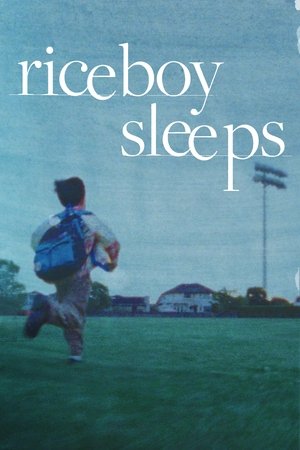 7.2
7.2Riceboy Sleeps(en)
In the 1990s, an immigrant single mother raises her teenage son in the Canadian suburbs, determined to provide a better life for him than the one she left behind in South Korea.
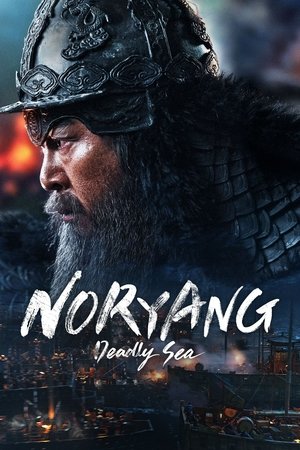 6.3
6.3Noryang: Deadly Sea(ko)
The Imjin War reaches its seventh year in December of 1598. Admiral Yi Sun-shin learns that the Wa invaders in Joseon are preparing for a swift withdrawal following the deathbed orders of their leader Toyotomi Hideyoshi. Determined to destroy the enemy once and for all, Admiral Yi leads an allied fleet of Joseon and Ming ships to mount a blockade and annihilate the Wa army. However, once Ming commander Chen Lin is bribed into lifting the blockade, Wa lord Shimazu Yoshihiro and his Satsuma army sail to the Wa army's rescue at Noryang Strait.
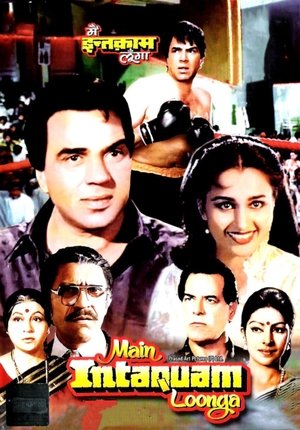 7.3
7.3Main Inteqam Loonga(en)
Kumar Agnihotri belongs to a wealthy family, consisting of his dad, Madan, and mom, Janki. He is in love with beautiful Mala Bajpai, and they hope to marry soon with the blessings of their respective parents. Kumar's other passion is boxing, which Janki loathes, and hopes that he will give this up soon. When the Agnihotris bring home a woman named Ganga, and introduce her to Kumar as Janki's childhood friend, Kumar finds out that Ganga is his biological mother, and his father, Ajay Kumar, was the National Champion in boxing, who was killed by three men for refusing to lose a fight. While Janki is afraid that she is going her son to Ganga, Kumar has decided to avenge his biological's father's death by any means, little realizing that he may face the same fate his father did years ago.
